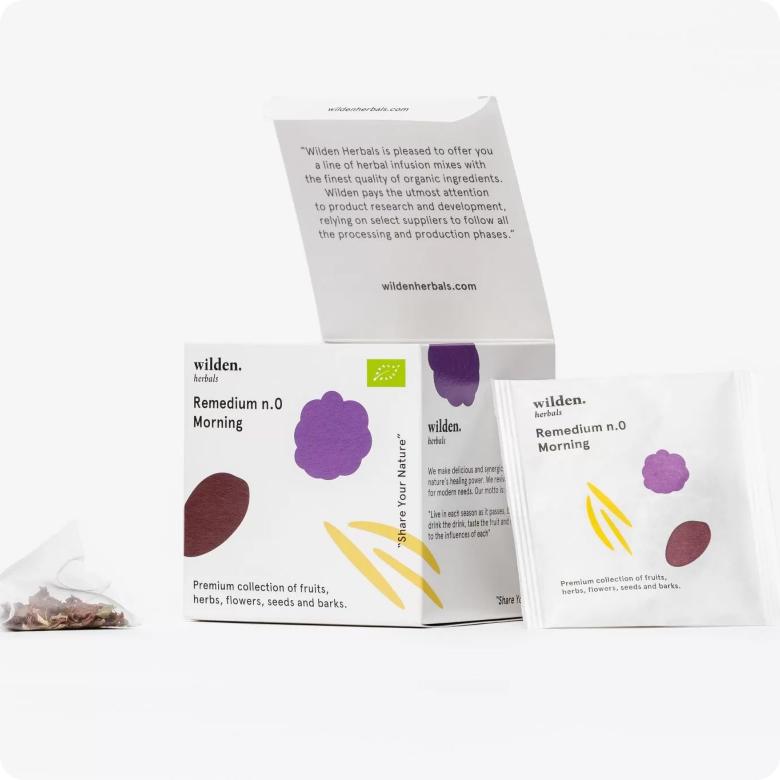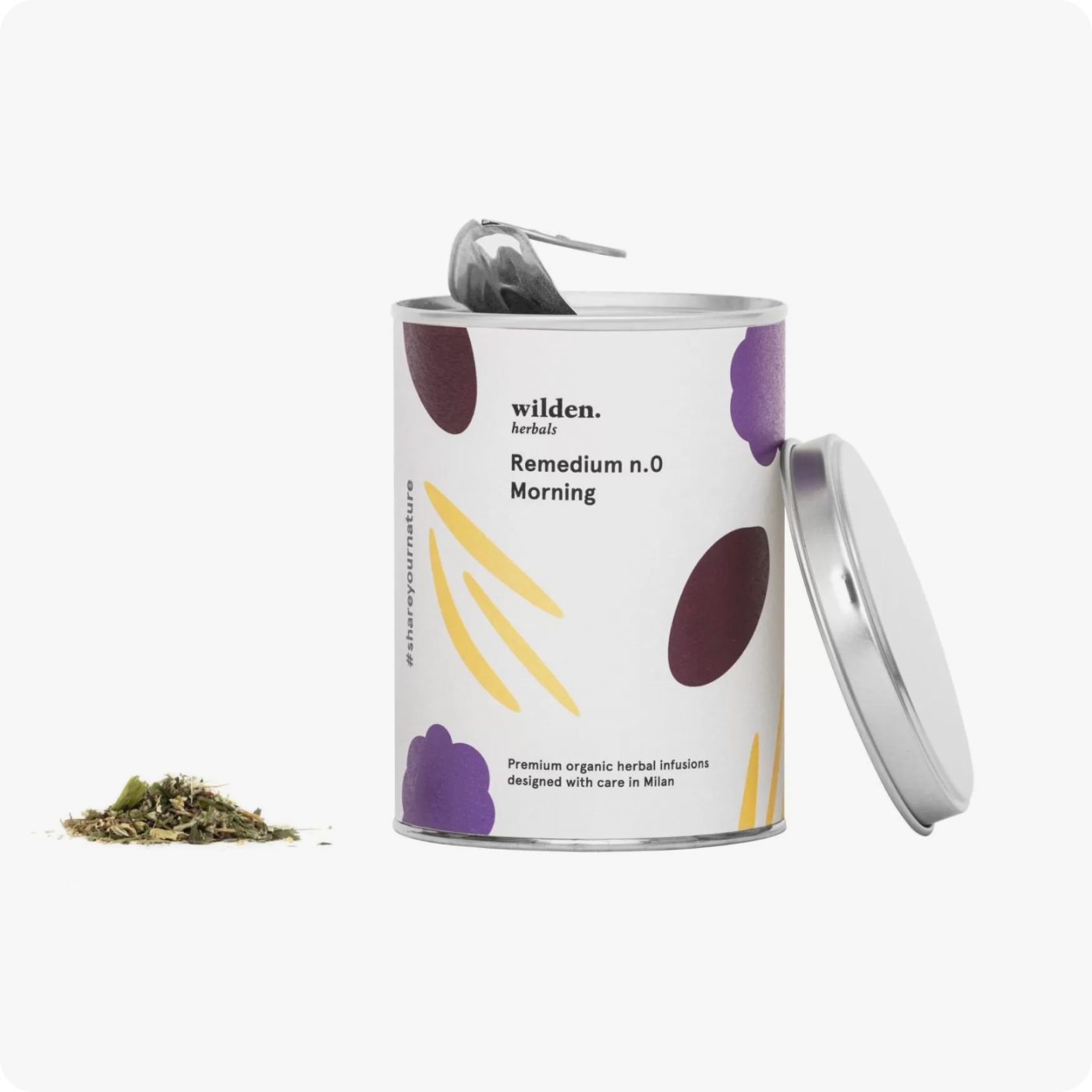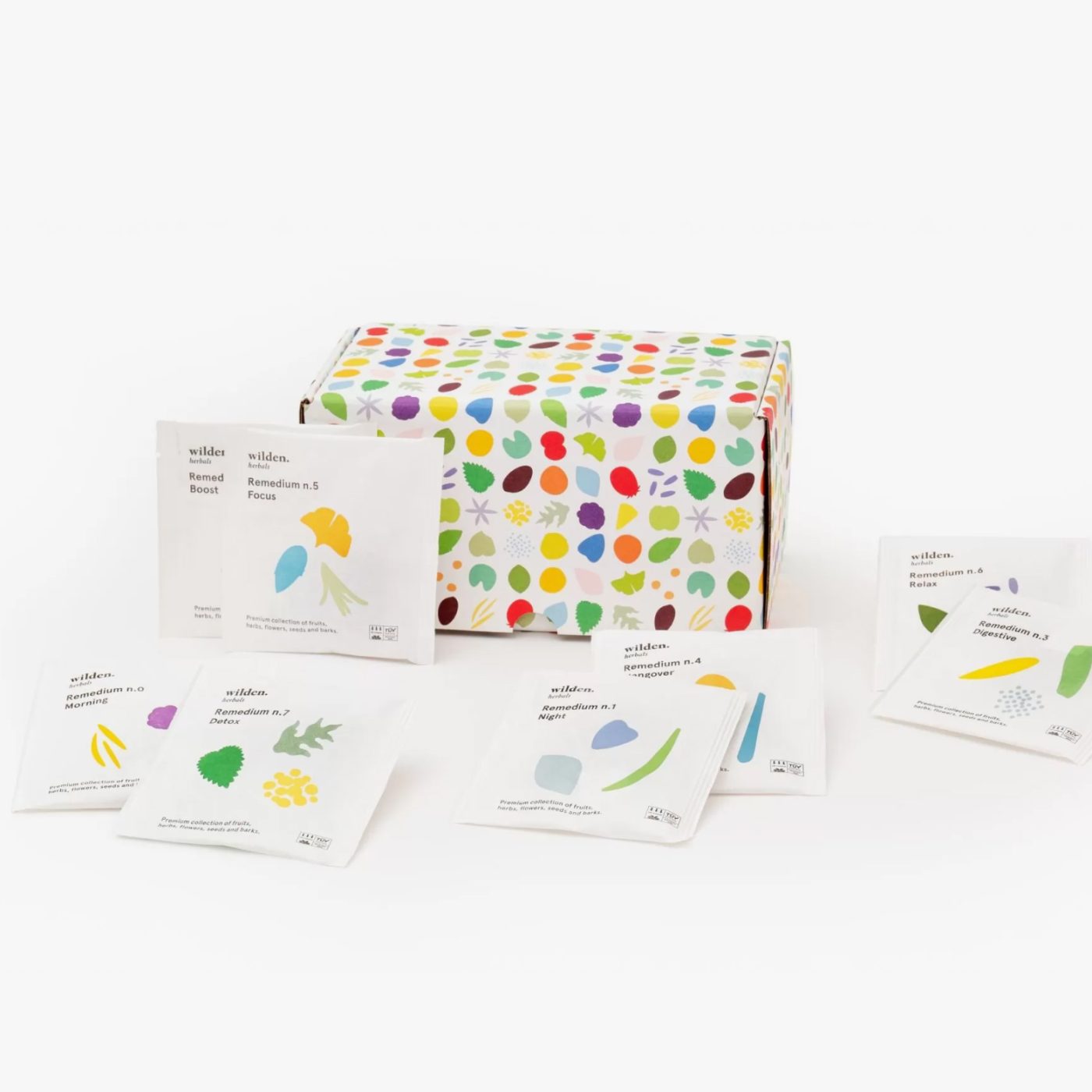Red poppy. Story of a flower that knows how to get noticed
One of the ingredients in our herbal teas, the red poppy is the prince of plants. Red and delicate, today we tell you the story of the red poppy starting with its plant.
We review the red poppy and discuss the plant, flower and seeds.
The red poppy plant
The red poppy can be recognized by the plant. A gracile and delicate herbaceous plant, it belongs to the Papaveraceae family. Small and fragile, the red poppy plant does not exceed 80 cm and can be recognized by its unmistakable flowers.

The red poppy flower
After blooming in all its glory, the poppy falls off leaving a small glabrous capsule that is the fruit. When dried, the red poppy flower is useful for making products for medicinal use. In short, the poppy is all to be discovered for benefits and effects.
According to ancient folk medicine, red poppy infusion or decoction would be useful in treating various health problems; useful against coughs and insomnia, it is a real panacea.
In ancient times, the red poppy was in fact mixed with baby food, from which the etymology of this flower as beautiful as it is useful would also derive.
In addition, due to its beneficial bechic properties, red poppy is recommended for soothing coughs. In fact, the active ingredients extracted from the red poppy flower facilitate expectoration.
Red poppy seeds
If Genghis Khan, the Mongol emperor and leader, used to scatter red poppy seeds on battlefields to seal his victories, this eclectic flower is useful in warfare and in cooking.

In fact, rosolaccio (red poppy) is also widely used in cooking: have you ever used red poppy seeds to decorate sweet and savory cakes? Well, from today try using shoots, leaves and basal rosettes as well. You will discover a world.
If you would like to find out all the benefits of our Remedium 0 – Morning herbal tea instead, take a look here.








